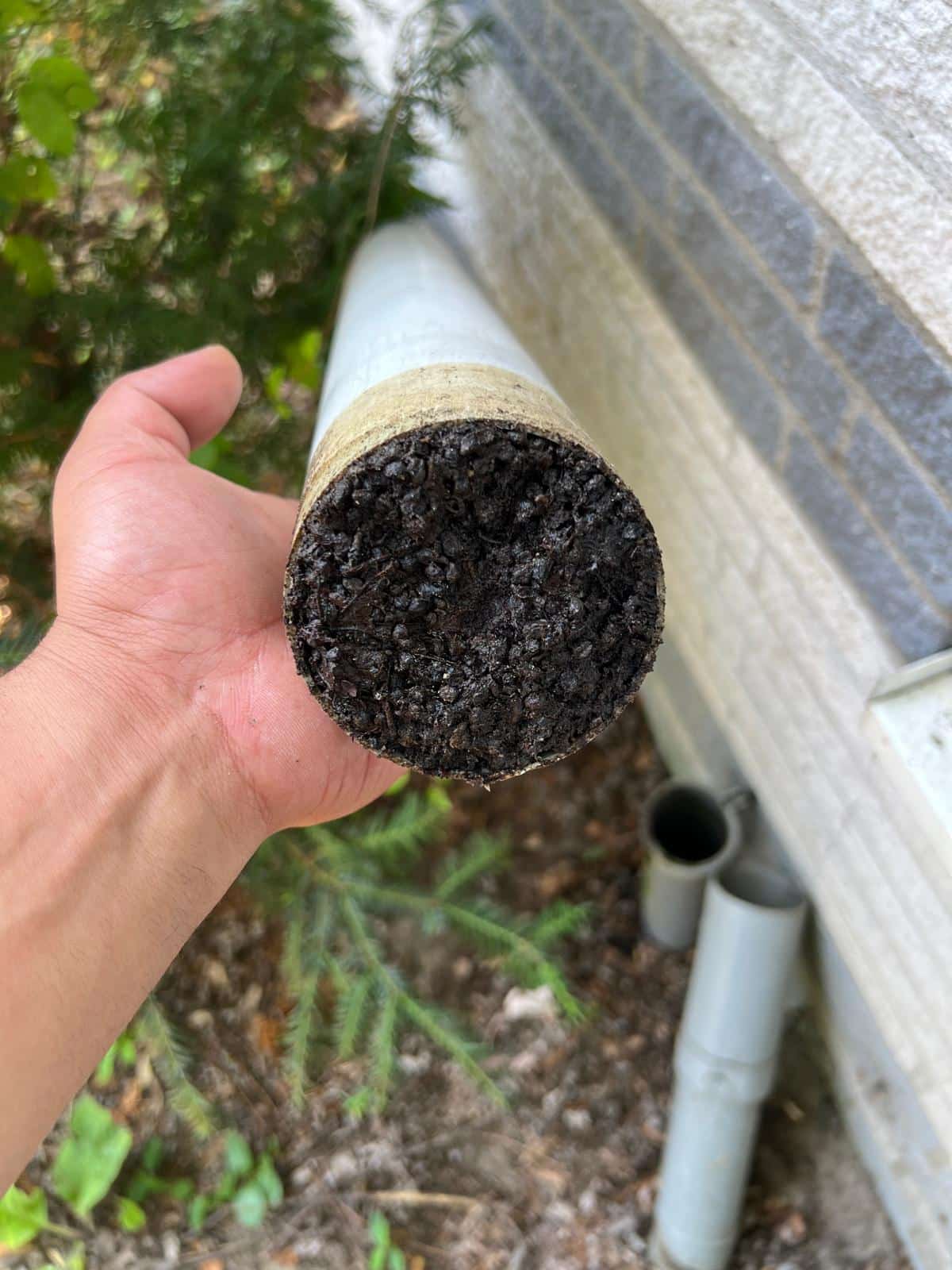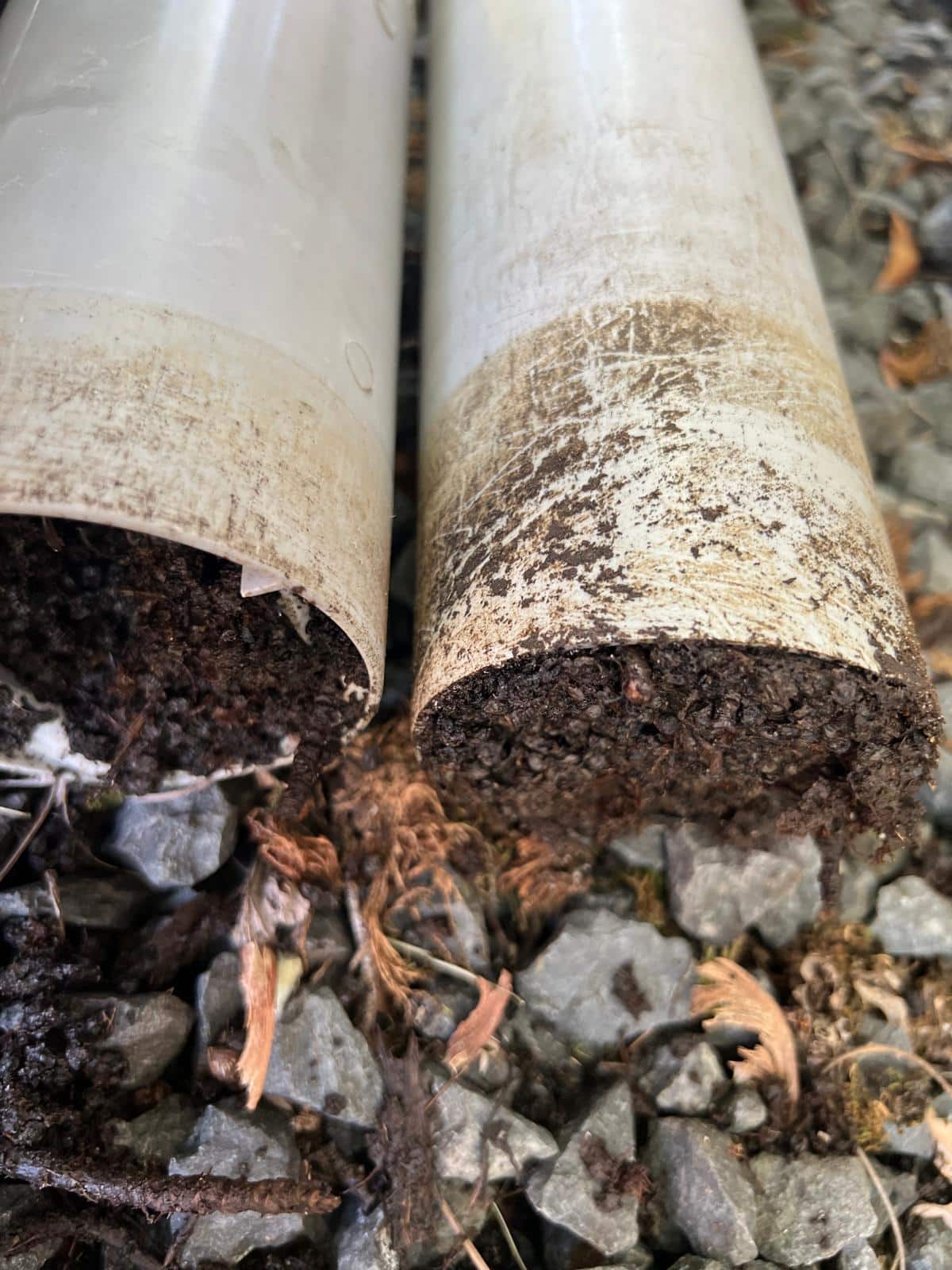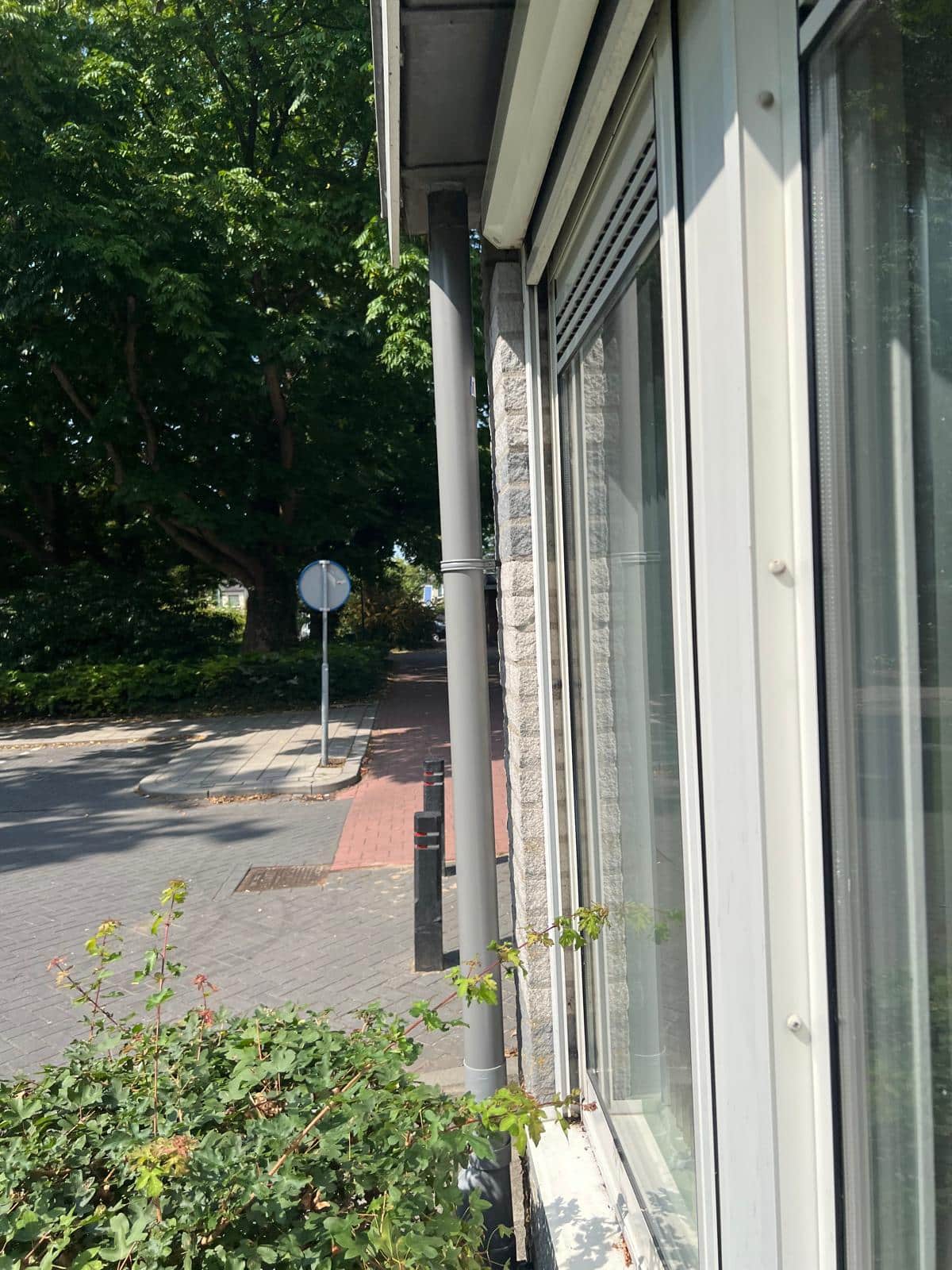
Why Rainwater Drainage Maintenance Matters
Rainwater drainage is an essential part of any home or building. A properly functioning rainwater downpipe ensures that water from your roof is directed safely away from the walls and foundation of your property. When a downpipe becomes clogged, water has nowhere to go. This can result in overflowing gutters, damp patches on walls, mold growth, foundation damage, and even structural issues.
Unfortunately, blocked rainwater downpipes are one of the most common problems homeowners face. Fallen leaves, twigs, roof moss, dirt, and even small animals can enter the gutter and eventually make their way into the downpipe, creating a stubborn blockage. If left untreated, this not only causes water damage but also shortens the lifespan of your guttering and drainage system.
In this comprehensive guide, we’ll cover everything you need to know about unclogging a rainwater downpipe, when and how to replace damaged pipes, and how to prevent blockages with effective solutions like leaf guards (bladvangers). We’ll also provide professional tips and a seasonal checklist so you can keep your system working efficiently all year round.
Causes of Blocked Rainwater Downpipes
A blocked rainwater downpipe rarely happens overnight. Instead, debris builds up gradually until water flow is restricted or completely stopped. The main causes include:
1. Leaves and Organic Debris
During autumn, falling leaves are the number one culprit. Leaves accumulate in gutters, get washed into downpipes, and form clogs that trap more debris over time.
2. Twigs and Roof Moss
Small twigs from nearby trees and moss washed down from the roof tiles can easily block narrow downpipes. Moss in particular tends to clump and swell when wet, creating stubborn blockages.

3. Dirt and Roof Grit
Over time, dirt, dust, and tiny particles from roof shingles (such as asphalt grit) can accumulate in the system. Mixed with moisture, this forms a sludge-like material that restricts water flow.
4. Roots and Soil Infiltration
In some cases, roots from nearby plants or trees can penetrate underground sections of the downpipe, leading to severe blockages. Soil erosion around the pipe entry can also introduce dirt into the drainage system.
5. Poor Installation or Aging Pipes
If your downpipes are old, cracked, or poorly fitted, debris can easily get caught at joints or bends. Over time, rust or internal roughness in metal pipes can make blockages more likely.

Signs of a Blocked Rainwater Downpipe
How can you tell if your rainwater system is blocked? Here are the most common signs:
-
Overflowing gutters during rainfall. Instead of flowing down the pipe, water spills over the edge.
-
Damp walls or water stains near the downpipe, often visible after heavy rain.
-
Mold or algae growth on walls, fascia boards, or around the base of the house.
-
Pooling water near the foundation, which can eventually lead to cracks and basement leaks.
-
Unusual sounds, such as gurgling or dripping noises inside the downpipe.
-
No water exiting the bottom of the downpipe even when it rains heavily, indicating a complete blockage.
If you notice one or more of these signs, it’s time to take action before serious water damage occurs.
Unclogging a Blocked Rainwater Downpipe
When your downpipe is blocked, you have two main options: DIY unclogging or hiring a professional drainage service.
DIY Unclogging Methods
If you’re confident working at heights and the blockage is minor, you can try these methods:
-
Manual Removal with a Rod or Stick
Insert a flexible rod or broom handle into the top of the downpipe to push or dislodge the blockage. -
Flushing with a Garden Hose
Insert a hose into the downpipe and turn on the water at full pressure. This can help wash away debris. -
Using a Drain Snake (Plumber’s Auger)
A drain snake can reach deeper into the downpipe to break up and pull out stubborn clogs. -
Wet/Dry Vacuum Method
A strong shop vacuum can sometimes suck out debris from the bottom of the downpipe.
⚠️ Safety tip: Always use a stable ladder, have someone assist you, and wear gloves. Working at heights and dealing with water pressure can be hazardous.
Professional Cleaning Methods
For severe blockages, professionals use specialized equipment:
-
High-pressure water jetting to clear out debris.
-
CCTV drain inspection cameras to identify the exact location of a blockage.
-
Vacuum suction trucks for large-scale debris removal.
Professional unclogging ensures a thorough cleaning and helps detect underlying issues such as cracks or root infiltration.
Replacing Rainwater Downpipes
Sometimes unclogging isn’t enough. If your downpipes are old, damaged, or too narrow to handle modern rainfall levels, replacement may be the best option.
When Replacement Is Necessary
-
Cracked or broken pipes leaking water
-
Rusting or corroded metal downpipes
-
Persistent blockages due to narrow design
-
Poorly aligned or sagging pipes
-
Pipes that no longer connect properly to the underground drainage
Choosing the Right Material
Modern downpipes come in different materials:
-
PVC (plastic) – affordable, lightweight, resistant to rust.
-
Aluminium – durable, corrosion-resistant, low maintenance.
-
Zinc or Copper – high-end materials that are long-lasting and stylish but more expensive.
-
Steel – strong but requires protective coating to avoid rust.
Replacement Process
-
Remove the old downpipe carefully, starting from the top.
-
Check gutter outlets and drainage connections for damage.
-
Install the new pipe, ensuring proper alignment and slope.
-
Seal all joints and secure brackets firmly to the wall.
-
Test the system with water to ensure smooth flow.
While DIY replacement is possible for simple PVC systems, hiring a professional is recommended for multi-story homes or complex installations.
Leaf Guards (Bladvangers) and Preventive Accessories
One of the most effective ways to prevent blocked downpipes is by installing leaf guards.
Types of Leaf Guards
-
Gutter Guards – mesh or brush systems that sit inside gutters to block leaves.
-
Downpipe Leaf Catchers – installed at the top of the downpipe to trap debris.
-
Drain Grates – prevent large objects from entering underground drains.
Benefits of Leaf Guards
-
Keeps leaves and debris out of the system
-
Reduces maintenance frequency
-
Prevents water overflow and damage
-
Extends the lifespan of gutters and downpipes
Maintenance of Leaf Guards
Even with guards, some debris can still build up. Clean them at least twice a year (spring and autumn) to ensure optimal performance.
Tips to Prevent Future Blockages
Prevention is always better (and cheaper) than repair. Follow these tips:
-
Clean gutters twice a year – especially after autumn.
-
Trim nearby trees to reduce leaf fall into gutters.
-
Install leaf guards or bladvangers to block debris.
-
Inspect pipes and joints regularly for cracks or misalignment.
-
Remove roof moss to prevent clumps from washing into gutters.
-
Check underground drains to ensure water flows freely away from the property.
-
Seasonal maintenance checklist:
-
Spring: Inspect for winter damage, clean gutters.
-
Summer: Trim overhanging branches.
-
Autumn: Remove fallen leaves, check leaf guards.
-
Winter: Ensure downpipes are free from ice buildup.
-
Professional Rainwater Drainage Services
Hiring professionals offers peace of mind. Drainage specialists can:
-
Perform full system inspections using cameras
-
Carry out high-pressure cleaning for stubborn clogs
-
Provide pipe replacement and upgrades
-
Install leaf guards professionally
-
Offer maintenance contracts for year-round care
Costs Involved
-
Unclogging a downpipe: €80 – €200 (depending on severity)
-
Replacing a downpipe: €150 – €500 per pipe (material + labor)
-
Installing leaf guards: €5 – €15 per meter
Investing in prevention saves money long-term by avoiding costly water damage repairs.
Frequently Asked Questions (FAQ)
1. How often should I clean my gutters and downpipes?
At least twice a year – once in spring and once in autumn. More often if you have many trees nearby.
2. Can I use a pressure washer to unclog pipes?
Yes, but use caution. Too much pressure can damage joints or seals. Professional jetting is safer for severe clogs.
3. What are the best materials for new downpipes?
PVC is the most cost-effective, while aluminium and zinc are more durable and stylish. The choice depends on budget and design preference.
4. Are leaf guards really effective?
Yes, they significantly reduce blockages. However, they still require occasional cleaning to maintain performance.
5. What happens if I ignore a blocked downpipe?
Overflowing water can damage walls, foundations, basements, and even the structural integrity of your home. Repair costs can be far higher than prevention.
Conclusion
Blocked rainwater downpipes may seem like a small inconvenience, but they can cause major water damage if left untreated. Regular maintenance, timely unclogging, and preventive solutions like leaf guards are essential for keeping your drainage system in top condition.
Whether you choose DIY methods or professional help, the key is not to ignore the signs of a blockage. With proper care, your rainwater drainage system will protect your home for decades to come.
Need help with a blocked rainwater downpipe? Contact a professional drainage service today and keep your home safe from water damage.

